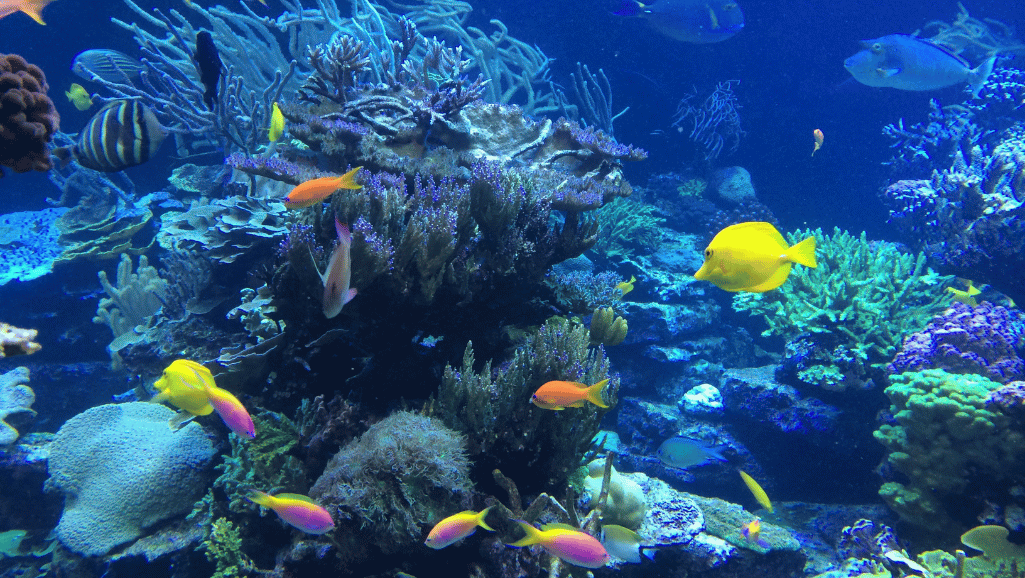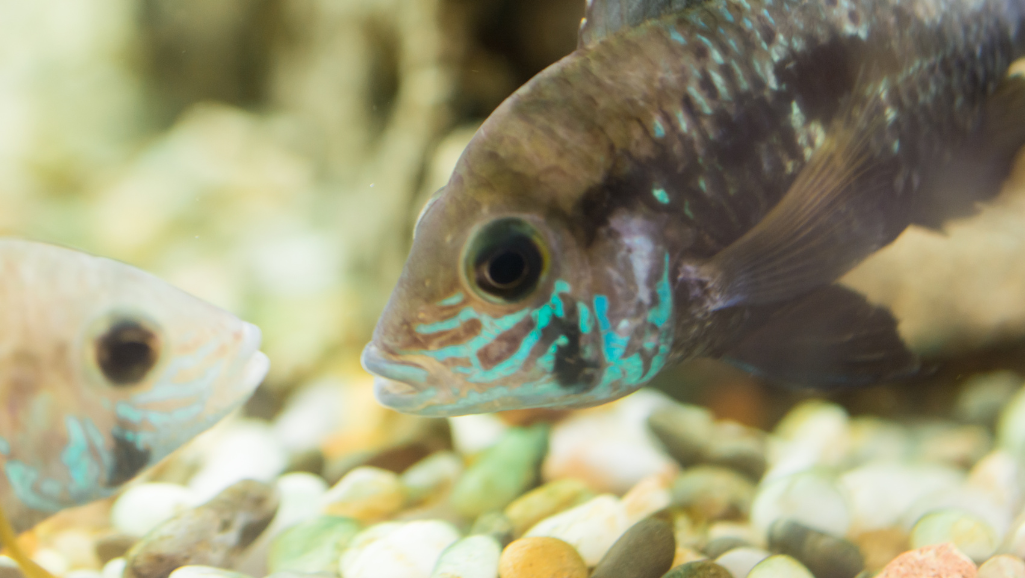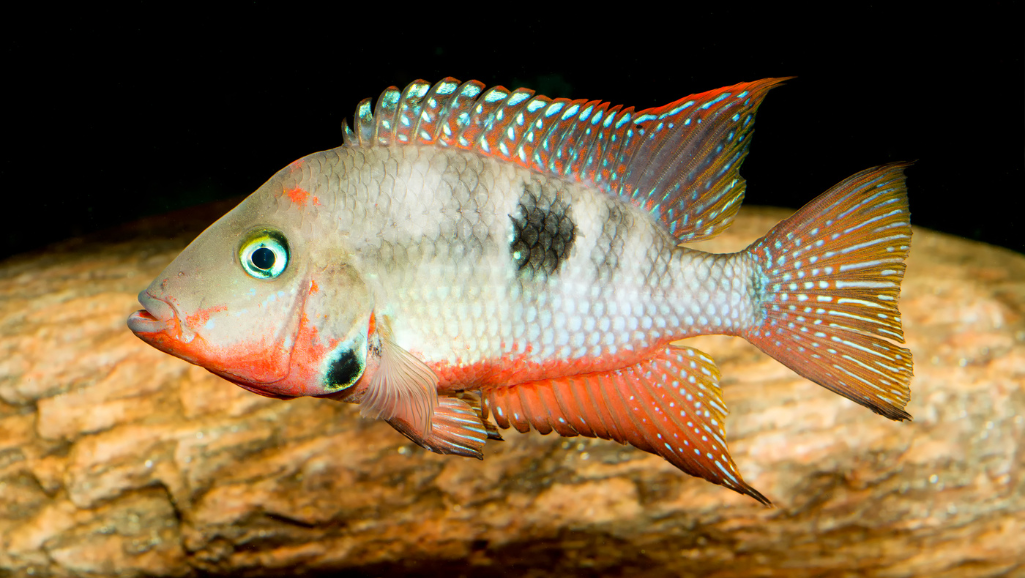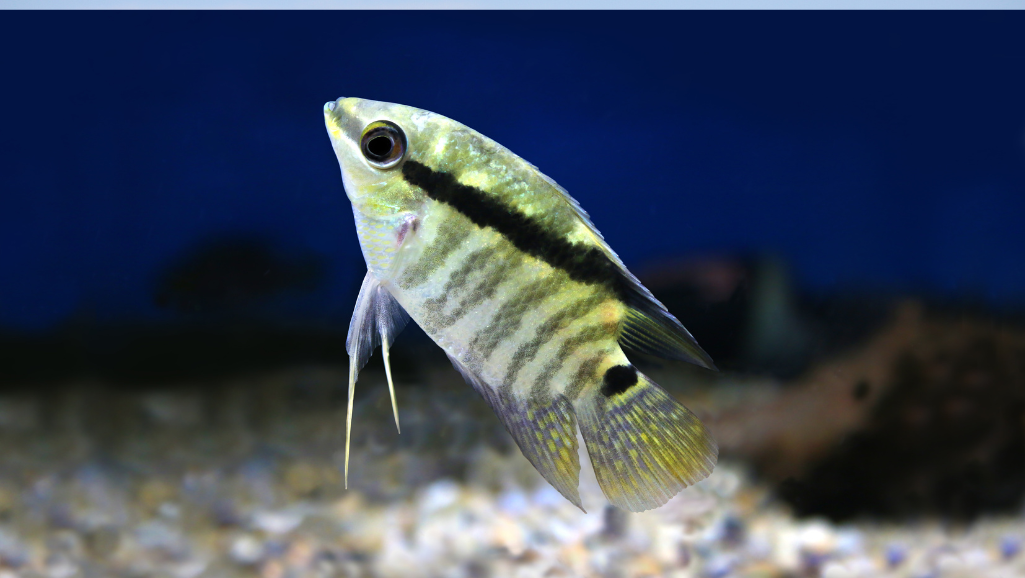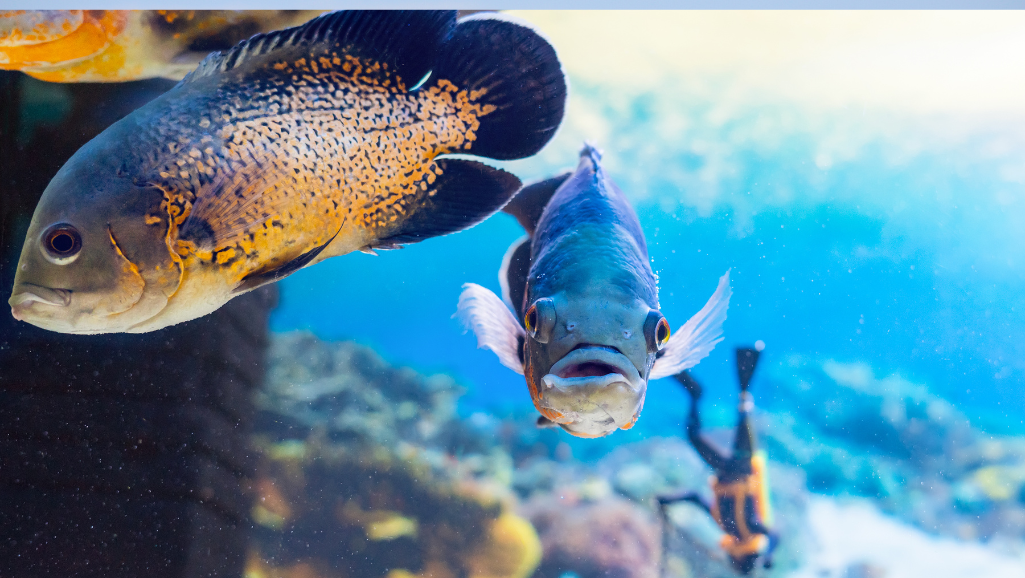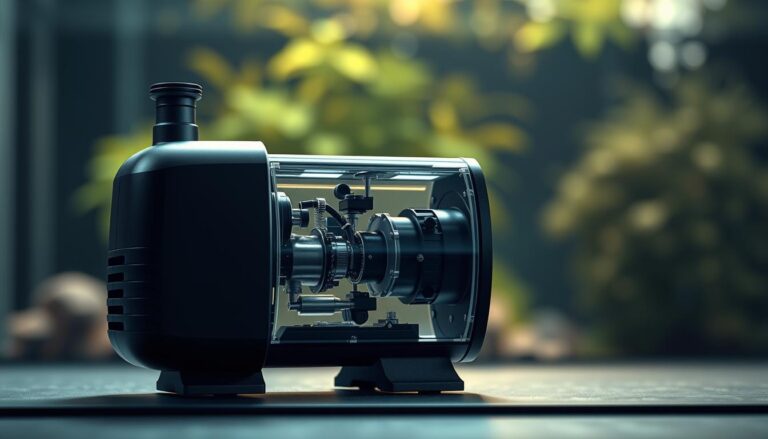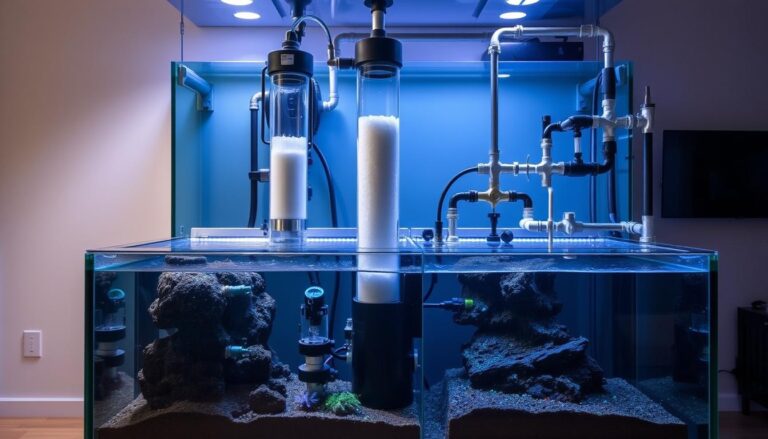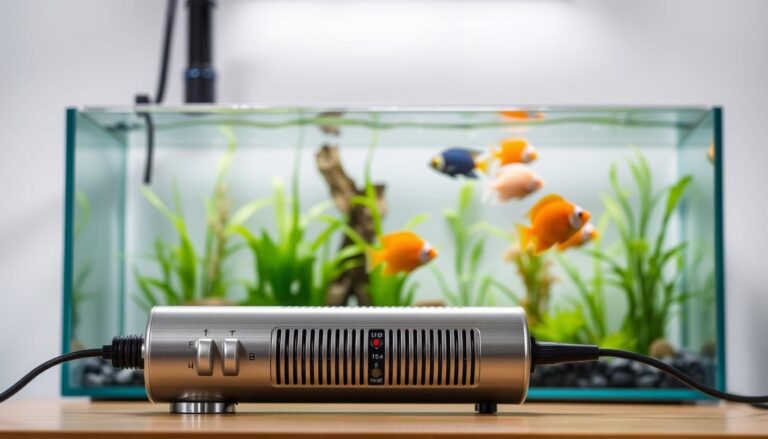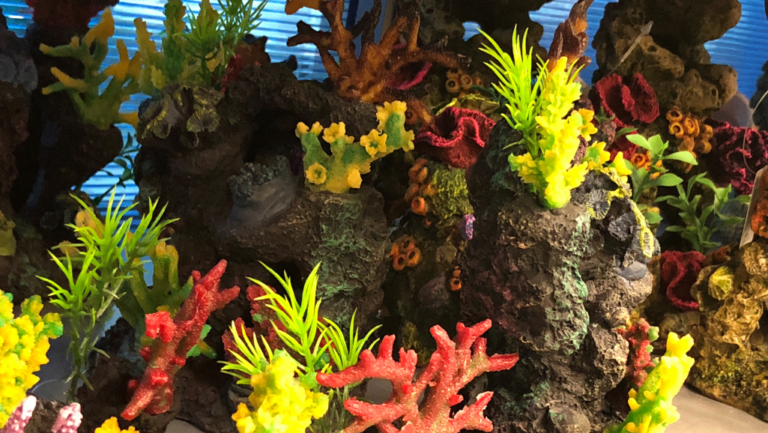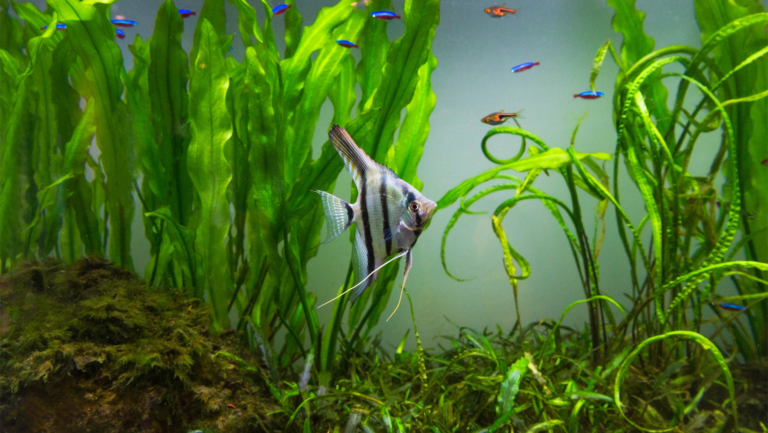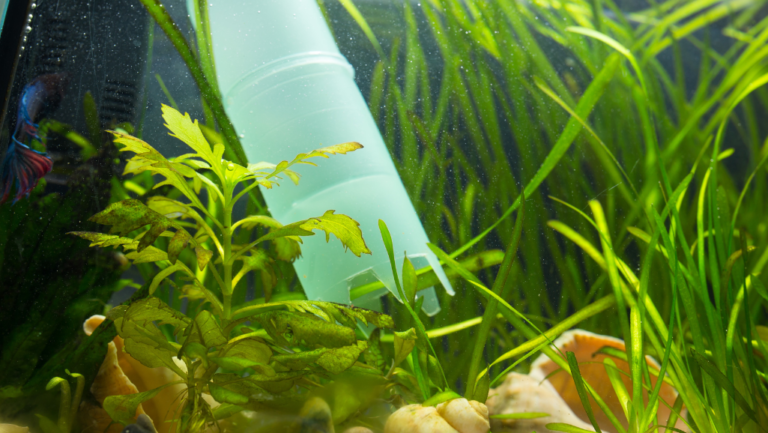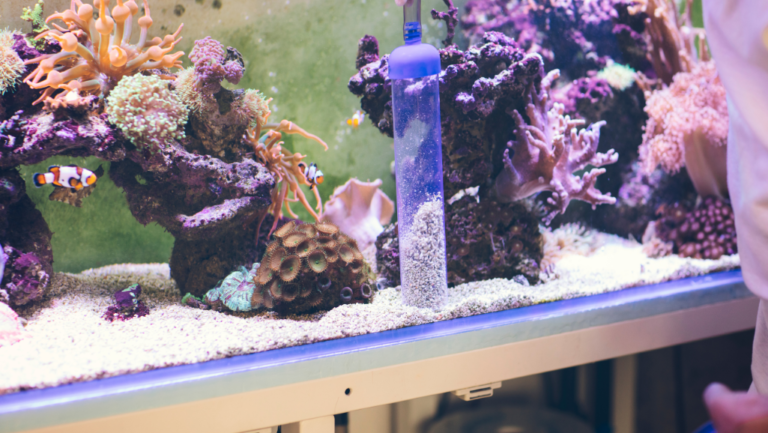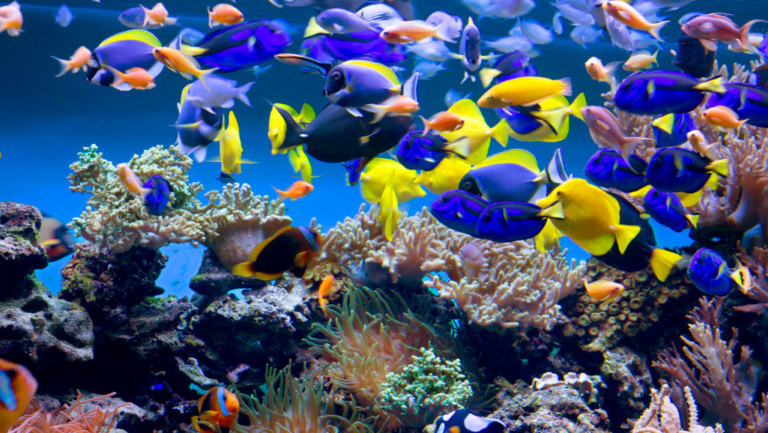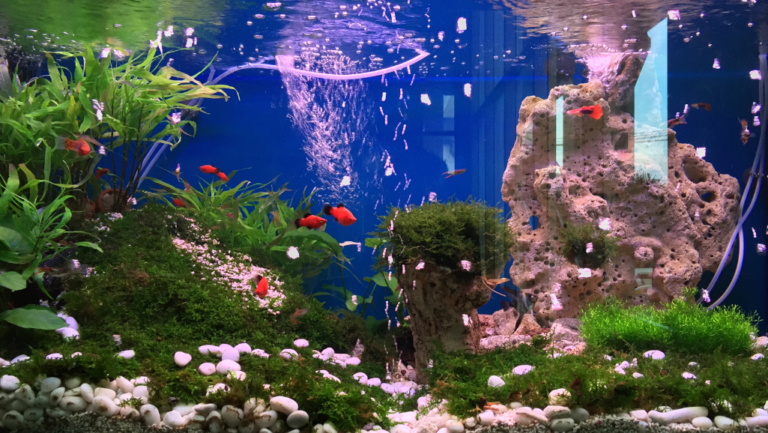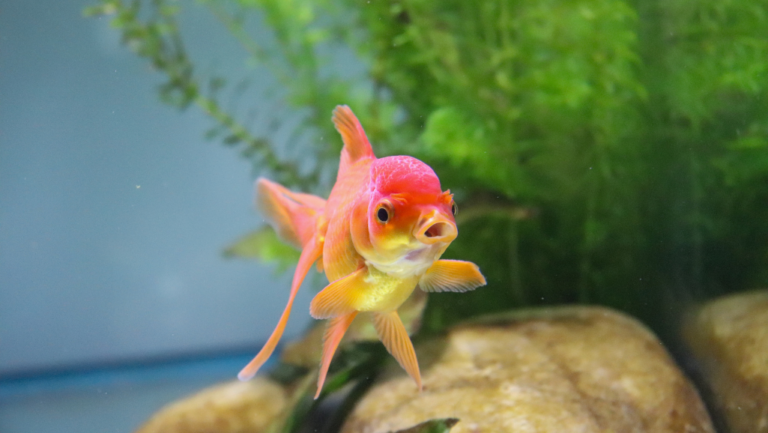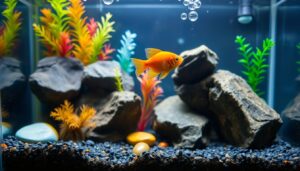Explore the magical world of aquarium fish starts with ci. Here, you’ll find a colorful array of species. Cichlid fish species are especially captivating with their wide range of colors and patterns. For both new and seasoned fish keepers, a cichlid fish care guide is a valuable resource.
These fish are full of personality, from the lively Citron Clownfish to the serene Citron Goby. The cichlid fish tank setup is flexible, fitting various sizes and moods. Whether you prefer a single species or a community tank, ‘ci’ fish add beauty to any freshwater aquarium.
Key Takeaways
- Discover the beauty of cichlid fish species and their colorful world.
- Both beginners and experts can enjoy the cichlid fish care guide.
- Cichlid fish tank setup can be tailored to different ‘ci’ species needs.
- Marine enthusiasts will find ‘ci’ fish adaptable to many tank settings.
- Learn about the care, feeding, and compatibility of ‘ci’ fish in your aquarium.
Introduction to Colorful ‘Ci’ Aquarium Fish
Starting an aquarium is like stepping into a colorful world. Vibrant aquarium fish make it even more exciting. The ‘Ci’ prefix stands for a group of eye-catching fish. They add beauty to your tank and are easy to care for.
Explore the world of ‘Ci’ fish and learn about cichlids. They are known for their stunning colors and interesting history. These fish have been around since the Early Eocene epoch.
| Key Details | Impact on Aquarium Setup |
|---|---|
| Cichlids’ Geographical Diversity | Provides various species options, enhancing aquarium diversity without requiring extensive adaptations in tank conditions. |
| Adaptable Nature of Certain Cichlids (e.g., Mayaheros urophthalmus) | Allows for fluctuation between freshwater and brackish waters, making them ideal for transitional tank setups. |
| High Speciation and Rapid Evolution | Offers a vast range of choices for fish enthusiasts looking to create a unique or themed tank environment. |
| Endangered Status of Many Cichlids | Raises awareness and conservation efforts among aquarium keepers, promoting sustainable fishing practices. |
Adding cichlids to your tank makes it colorful and supports learning. They are easy to care for, making them perfect for beginners. Your aquarium will become a beautiful piece of art.
Aquariums are windows to an intricate world, and fish like the cichlids turn them into vibrant canvases of ceaseless wonder.
Adding ‘Ci’ aquarium fish like cichlids can make your tank more vibrant and diverse. They are great for beginners and can make your aquarium thrive. Enjoy a colorful and lively underwater world.
Aquarium Fish Starts With Ci
Exploring the world of aquarium fish starting with “Ci” reveals a wide range of species. Each has its own unique traits and care needs. This section looks into key family groups and specific species, giving fans a glimpse into their colorful world.
Cichlids: A Diverse Family
The cichlid family is known for its size, color, and habitat variety. It includes many species, celebrated for their complex behaviors and breeding techniques. Fans love cichlids for their beauty and the lively interactions they bring to tanks.
From the Discus with broad lips to the Jewel cichlid’s bright colors, these fish add depth and beauty to aquariums.
Citron Clownfish: Adding a Splash of Yellow
The citron clownfish is famous for its bright yellow color. It’s a favorite among marine aquarium hobbyists for its vibrant look and playful spirit. This fish is not only beautiful but also easy to care for, making it a great choice for reef tanks.
Citron Goby: The Diminutive Delight
The citron goby may be small, but it stands out with its bright color and calm nature. It’s perfect for smaller marine tanks, thriving in established systems with live rock and soft substrates. Its small size and peaceful nature make it ideal for a calm aquarium, living well with other non-aggressive fish.
The ‘Ci’ aquarium fish world is vast and colorful, offering something for every aquarist. From the adaptable cichlids to the sunny citron clownfish and the tiny citron goby, these species create a captivating tank environment. By embracing the diversity of these aquatic creatures, you not only enhance your aquarium’s beauty but also make fishkeeping more engaging and rewarding.
Care and Compatibility of Cichlids
Setting up a tank for cichlids needs careful thought. These fish are lively and need the right cichlid tank setup and water conditions. We’ll cover tank setup, choosing tankmates, and water parameters.
Cichlid Fish Tank Setup
Understanding their natural habitat is key for cichlid fish tank requirements. African lakes are their home, and we should mimic this in our tanks. A 30-gallon tank is good for most African cichlids, but bigger tanks are better for more fish.
They like to have places to hide and space to claim their territory. This helps them feel safe and comfortable.
Cichlid Fish Tankmates
Finding the right cichlid fish compatibility is important for a peaceful tank. African cichlids do well with calm, similar-sized fish. The Synodontis Catfish is a good choice because they are peaceful and fit well with cichlids.
Stay away from fish that are too aggressive or very different in size. This helps avoid fights and keeps everyone happy.
Cichlid Fish Water Parameters
Keeping the water just right is crucial for cichlid water parameters. They like alkaline water with a pH of 8.5 and temperatures between 75-80°F. Regular water changes are also key to keep the water clean and healthy.
For more tips on caring for African Cichlids, check out Live Fish Direct. Also, learn about their social needs on AquaJoy to make your tank a success.
| Fish Species | Adult Size | Recommended Tank Size |
|---|---|---|
| African Cichlid | 5 inches | 30 gallons |
| Red Tail Shark | up to 6 inches | 55 gallons |
| Clown Loach | 4-12 inches | 75 gallons |
Understanding Cichlid Fish Behavior
Exploring cichlid fish behavior opens a world of complex social interactions and survival strategies in aquariums. These behaviors are key to a balanced ecosystem and the well-being of each species.
Aquarium fish starts with ci, like cichlids, show interesting behaviors like territorial aggression and mating rituals. These actions are influenced by their environment and help us understand their health and compatibility with other tank mates.
Knowing how cichlid species interact helps in better aquarium management. It also reduces stress behaviors that could harm their health.
| Behavior | Description | Observation Period | Aggression Rate |
|---|---|---|---|
| Aggression | Displays of dominance or territorial defense | Period 1, 2, 3 | Decreases from Period 1 to Period 2 but returns in Period 3 |
| Social Hierarchy | Establishment of pecking order among individuals | Throughout all periods | Varies, with initial hierarchy not fully restored post-perturbation |
| Learning Abilities | Capability to distinguish and learn from social and environmental cues | Comparative studies | More-social species show faster learning rates |
Monitoring these behaviors is crucial when multiple cichlid species live together. By understanding their natural instincts, aquarists can manage a diverse and thriving aquatic community.
Reading more about cichlid behavior can be enhanced by works like Ad Konings’. His insights into Lake Tanganyika species have greatly influenced modern cichlid care.
Each cichlid species has its own unique behaviors. When we understand these, we can better manage aquariums and appreciate the social lives of these fascinating fish.
Popular Cichlid Species for Aquariums
Cichlids are among the most diverse and populous vertebrates, with over 1,650 species described. They are a favorite among aquarium lovers for their vibrant colors and unique traits. These fish add life and beauty to home aquariums.
Cichlids mainly live in Africa and South America, with Africa having the most species. This diversity is seen in popular freshwater fish like angelfish, oscars, and discus.
Cichlasoma and Their Unique Attributes
Cichlasoma, found in Central America, are known for their striking colors and manageable sizes. They have vibrant patterns that can turn an aquarium into a mosaic. Their adaptability and peaceful nature make them great for community tanks.
Colorful and Compatible: Cichlid Species for Community Tanks
Choosing the right cichlid species for a community tank is crucial. Discus, with their bright colors and gentle nature, are perfect for a peaceful tank. African cichlids, however, are better suited for their own tanks due to their territorial behavior.
| Species | Region | Max Size | Water Conditions | Compatibility |
|---|---|---|---|---|
| Discus | South America | Up to 20 cm | Soft, acidic water | High with similar species |
| Oscar | South America | Up to 45 cm | Neutral pH, 22-28°C | Moderate, can be aggressive |
| Angelfish | South America | Up to 15 cm | Soft to moderately hard | High with non-aggressive species |
| African Cichlids | Africa | Varies | Alkaline, 23-28°C | Low, best in species-specific tanks |
In conclusion, the vast cichlid species list offers many choices for aquarium hobbyists. From the gentle discus to the vibrant cichlasoma, there’s a cichlid for every tank and hobbyist.
Nutrition and Feeding Guidelines for ‘Ci’ Fish
Knowing what ‘Ci’ fish, like cichlids, need to eat is key to keeping them healthy and colorful. They need a mix of plant and animal foods to grow well. This part talks about cichlid feeding tips and what Citron fish need.
Cichlid Feeding Guide
A good cichlid feeding guide is vital for their health. They do well on foods like spirulina flakes, Xtreme cichlid pellets, and sometimes live or frozen treats. Knowing how to feed them right can make their colors pop and boost their immune system.
How often you feed them depends on their age. Young cichlids might need to eat three times a day. Adults do well with one meal a day. Make sure feeding lasts from 30 seconds to 2 minutes to avoid waste.
What to Feed Your Citron Fish Varieties
Citron fish, like the Citron Clownfish and Citron Goby, need special foods to stay yellow and healthy. They love high-quality marine flakes, pellets, and a bit of chopped seafood. The right mix of nutrients keeps them healthy and your aquarium lively.
| Food Type | Protein Source | Fat Content | Key Notes |
|---|---|---|---|
| Spirulina Flakes | Algae | Low (below 5%) | Richest in vitamins and minerals. |
| Xtreme Cichlid Pellets | Fish meal, Krill | Average (about 10%) | Enhanced with natural color boosters. |
| Frozen Brine Shrimp | Shrimp | Low to moderate (5-10%) | Good for occasional treats; avoid for mbuna species. |
| Blood Worms | Worms | High (10-15%) | Rich in protein but should be fed sparingly. |
| Live Brine Shrimp | Shrimp | Low (below 5%) | Excellent for fish conditioning and growth. |
Using these feeding tips can make your ‘Ci’ fish, especially cichlids and Citron fish, healthier and more colorful. A well-thought-out diet, based on cichlid feeding tips, keeps them alive and vibrant. It turns your aquarium into a lively, colorful world.
Health Management in Cichlids
Keeping cichlids healthy is key to their success in aquariums. Knowing about cichlid fish diseases and how to prevent them is crucial. This part will cover common illnesses and how to stop them, focusing on care that keeps cichlids well.
Cichlid Fish Diseases and Treatment
Cichlids face many health problems, some of which can be avoided with good cichlid care. Issues like Ich, bacterial infections, and fungal diseases are common. Spotting these early can save lives and is shown by odd swimming, dull colors, less eating, or body spots.
- Ich Treatment: Warm the water a bit, add salt, and use copper meds if needed.
- Bacterial Infections: Clean the water better; also, use antibiotics as a vet advises.
- Fungal Diseases: Keep sick fish alone and treat with antifungals as experts suggest.
Preventing Common Health Issues in ‘Ci’ Aquarium Fish
Stopping cichlid fish diseases starts with a healthy tank and watching fish health closely. A good diet, steady water, and less stress are key to cichlid fish disease prevention.
- Regular Water Testing: Check ammonia, nitrite, nitrate, pH, and hardness to avoid bad changes.
- Quarantine New Arrivals: Always keep new fish in quarantine for two weeks to stop disease spread.
- Maintain Good Nutrition: A strong diet boosts immunity, making fish less likely to get sick.
By following these care tips, you can have happy, active cichlids in your aquarium. This makes for a lively and healthy underwater world.
Breeding Techniques for Cichlids
Exploring cichlid breeding techniques reveals a complex world of behaviors and strategies. These are key for the reproductive success of these colorful freshwater fish. As aquarists try to raise and breed different cichlid species, knowing their cichlid fish breeding behaviors is crucial.
Understanding Cichlid Breeding Behavior
Cichlids have interesting ways of reproducing, like mouthbrooding and substrate spawning. Choosing the right spawning site and the courtship rituals before spawning are vital. These actions are affected by water conditions, food availability, and the tank’s social hierarchy.
Studies on Neolamprologus pulcher show how social settings impact breeding. Females in smaller groups often have bigger clutches. This shows the importance of social structure in breeding success. Knowing this helps in mimicking successful cichlid breeding tips at home.
Tips for Successful Cichlid Breeding in Home Aquariums
To breed cichlids, start by creating a good environment. This means keeping water parameters right and setting up a tank that looks like their natural habitat. The choice of substrate, like sand or fine gravel, can also affect success, as many cichlids like to lay eggs on flat rocks or dig pits in the substrate.
It’s also important to condition the breeding pairs well. Feed them a high-quality diet to boost their health and fertility. After they spawn, protect the eggs and fry from predators. Sometimes, a dedicated breeding tank is needed for successful breeding.
Here’s a practical guide to help you succeed in cichlid breeding:
- Set up a dedicated breeding tank to avoid disturbing them during breeding.
- Keep an eye on water parameters to ensure they’re right for the cichlid species.
- Watch the cichlids closely; their behavior can show when they’re ready to spawn.
By focusing on cichlid breeding tips and strategies, you can achieve successful breeding. This not only leads to healthy parents and offspring but also helps preserve and understand these fascinating creatures.
Aesthetics and Decorations for Cichlid Tanks
Choosing the right cichlid aquarium decorations is key to making your cichlid aquarium setup look great and work well. These decorations not only make the tank look nice but also meet the needs of aquarium fish starts with ci, like cichlids. They need certain things to live well.
To make a good home for cichlids, you need to add decorations that look like their natural homes. Use soft sand or rounded gravel to protect their sensitive barbels. Add lots of rockwork or driftwood to make hiding spots and territories.
- Rock formations – Cichlids are territorial; thus, rockworks that create caves and passageways can prevent aggression and stress among tank inhabitants.
- Plants – While cichlids are known for being robust, some species may dig up plants. Choose sturdy, rooted plants or opt for floating varieties that don’t need to be anchored into the substrate.
- Backgrounds – A natural-looking backdrop can visually enlarge the tank while offering a serene setting. Backdrops themed with underwater scenes or natural rock formations are particularly effective.
It’s important to balance your decorations. Make sure they don’t make the tank too crowded or cut down its space. Cichlids like to swim a lot and need room to do so. Place decorations so they offer shelter and spots for breeding.
Think about what your decorations are made of too. Choose materials that won’t change the water’s chemistry. This keeps the cichlids healthy and colorful. Also, avoid decorations with sharp edges to prevent injuries.
Adding cichlid aquarium decorations to your cichlid aquarium setup does more than just make it look good. It makes a safe and interesting place for aquarium fish starts with ci, especially cichlids. This helps them stay healthy and happy. With these tips, setting up a cichlid tank becomes a fun project that creates a real ecosystem.
Conclusion
Keeping ‘Ci’ fish, like cichlids, is more than a hobby. It’s a deep commitment to caring for a part of the ocean in our homes. With aquaculture playing a big role in our food, keeping aquariums is just as important. We’ve seen how different fish, like Cichlids and Citron Goby, add their own special touch to our tanks.
This guide covered the basics of caring for cichlid fish. We talked about choosing the right tank mates and breeding tips. We also discussed how to feed them right. With so many fish to choose from, creating a stunning aquarium is within reach.
Looking back, we see how far fish domestication has come. Yet, with so many fish species out there, there’s still so much to discover. We urge aquarium lovers to keep learning about these amazing creatures. Whether it’s genetics or habitat analysis, there’s always more to explore. Let your love for aquariums grow as you learn more about the underwater world.
